Actually, Female Directors Are Dominating in Documentaries
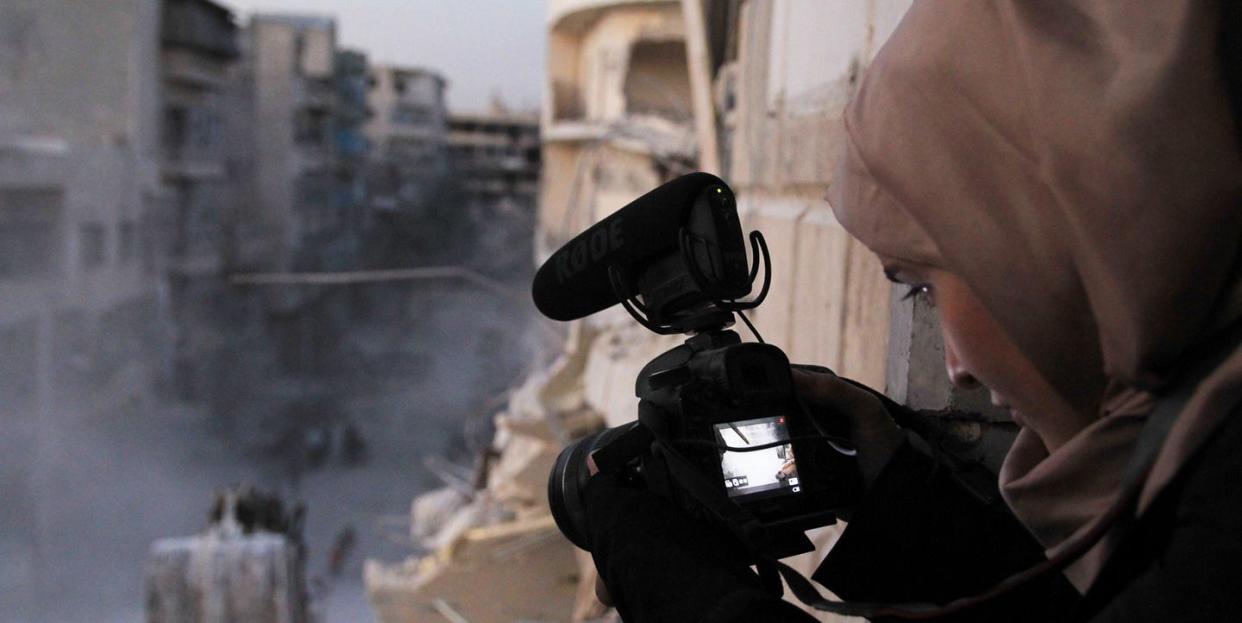
It's 2020, and the statistic is still staggering: Only five women have ever been nominated for Best Director in the Oscars’ 92-year history. Zero women received a nomination this year, despite the wealth of critically-acclaimed work from female directors. But as women continue to fight to break into the directing boys’ club, they're carving out space for themselves in documentaries.
Greta Gerwig's Little Women is the only movie directed by a woman up for Best Picture in 2020, but women directed or co-directed four of the five films nominated for Best Documentary: American Factory, about the culture clash between American and Chinese workers when a Chinese company takes over an abandoned Ohio GM plant; The Edge of Democracy, about the fallout of an impeachment scandal in Brazil; Honeyland, an intimate look into the life of a Macedonian beekeper; and For Sama, the story of a Syrian woman raising her daughter as her husband works as one of the last remaining doctors in Aleppo. These women also serve as their films’ producers, the people who actually take home the trophies for the documentary Oscar. (The fifth film in this category, The Cave, follows the female doctor in charge of an underground Syrian hospital, and has two women producers.)
In the past five years, as #OscarsSoWhite demanded accountability for the lack of performers of color nominated in 2015 and 2016, the documentary field has included at least one film (and in many cases, the majority of films) directed by a woman or a person of color. One reason: Documentaries are much friendlier to people who don't have connections to the traditional film studio system. "You need less resources to make a doc," says Ava DuVernay, who was notoriously snubbed by the directing branch for her 2014 film Selma, which did get a nomination for Best Picture. She got a documentary feature nod a year later for 13th, about the 13th amendment to the constitution. Her very first film, 2008’s This Is the Life, was also a documentary, because, she says, "you need a camera and a story and you don't need anything else.”
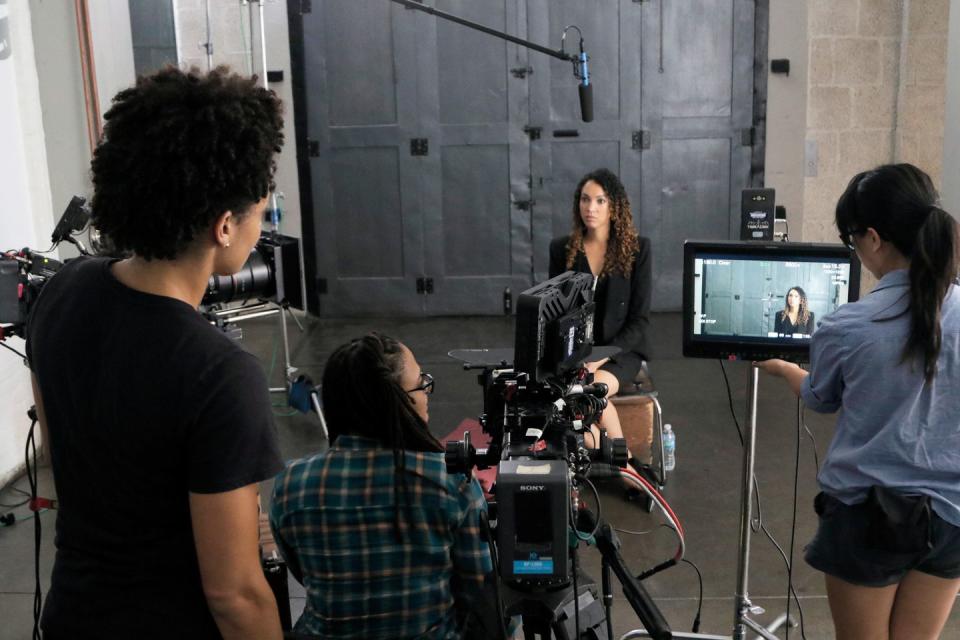
While it’s common for women to start with a documentary to get a foot in the door before transitioning to narrative features, it’s also just an easier medium for telling important, often overlooked stories. "A lot of us start doing films by putting in our own time and money and pursuing whatever subject we’re passionate about," says Nanfu Wang, co-director of 2019’s One Child Nation, the Oscar-shortlisted doc about China's one child policy. "There are way more female directors in documentary than the narrative world, which is ironic. Documentaries pay way less and it's [often] impossible to make a stable living. This [side of the] industry allows more women in, but it's the low paid [side]."
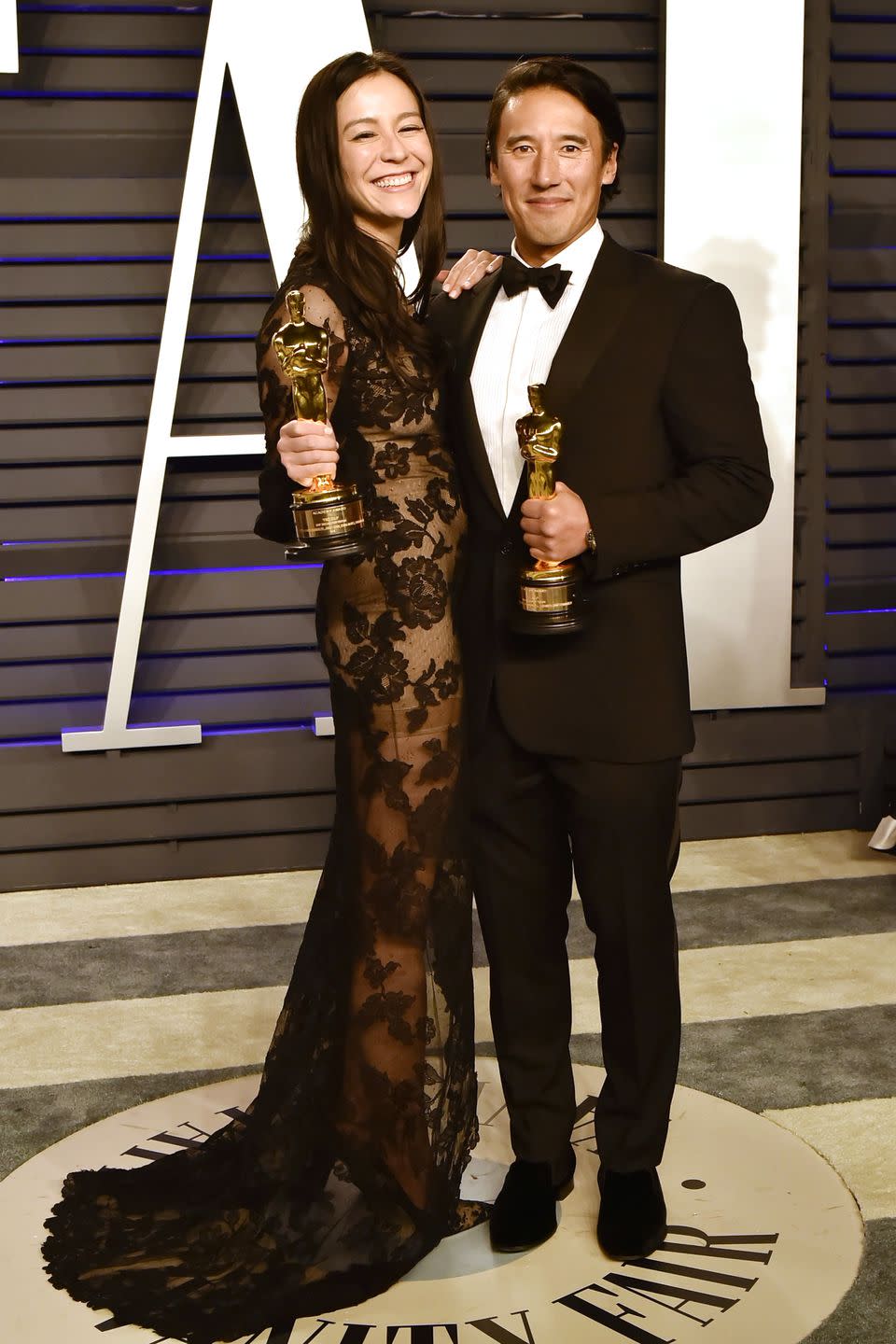
Another reason women excel in docs is because skills that are traditionally coded as feminine, like empathy and sensitivity, help create strong bonds between filmmaker and subject. It's not that men aren't empathetic, says 2019 documentary feature Oscar winner Elizabeth Chai Vasarhelyi (she points to her Free Solo co-director and husband, Jimmy Chin, as one such man), but that generally speaking, women are able to tap into their empathy in a meaningful way. "There's something about the tenacity required to make a documentary and the ability to listen that traditionally, women are very good at," she says. "It's a mix between a really deep commitment to social issues and the issues that affect our lives, an ability to empathize, and an identification [with] people who have been subjugated in some way or discriminated against."
There's also the fact that "there's a lot less ego involved" in docs, says American Factory co-director Julia Reichert. "As you grow up, you see the directors of films: Steven Spielberg, Martin Scorsese—it's all those white guys. You grow up thinking that's what a director is,” she says. “In fiction, there’s a certain amount of, 'I must tell my story’ and 'I must be the leader.’ When you're making a documentary, you're really more about the other folks. You want to blend into the background. You want to make them be their best."
Women can also seem non-threatening, allowing for better access to high-powered situations, says The Edge of Democracy director Petra Costa, who spent years in the Brazilian capital following politicians. "Until 2015, there were no female bathrooms [in the senate chamber]. It's this extremely male space, and most of the journalists are women. I think the news agencies are counting on that idea that politicians will speak more easily to a woman than to a man."
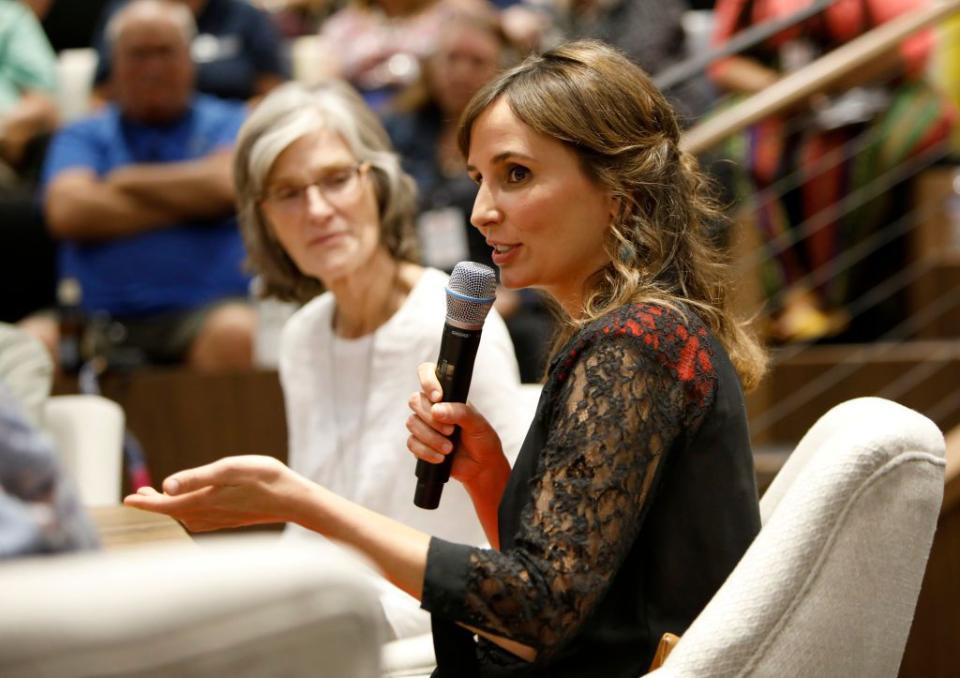
The #OscarsSoWhite movement brought a conversation to the mainstream that non-white people had been having for years, prompting a well-meaning membership overhaul meant to increase the number of people of color and women in the Academy. A good first step, sure, but one that only marginally improved the membership statistics. When April Reign created the #OscarsSoWhite hashtag in 2015, the Academy was 92 percent white and 75 percent male. In 2020, it's 84 percent white and 68 percent male.
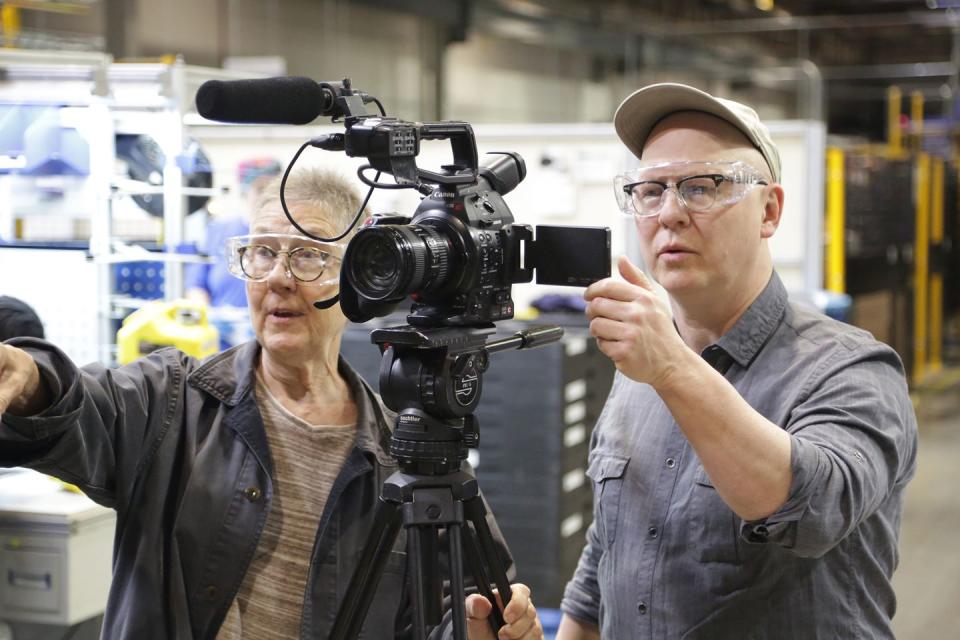
Though the Motion Picture Academy still keeps most membership information shrouded in mystery, the organization has been more open about who’s been invited to join in recent years, and DuVernay says there's much more parity in the relatively small documentary branch. "It has a lot more diversity within it, and that branch votes for the nominees," she explains. "It makes sense that it'd be a little more welcoming to ladies." Indeed, more than 71 percent of the people invited to join the documentary branch in 2019 were women, leading the branch to reach gender parity for the first time, according to a tweet from branch governor Roger Ross Williams. (The Academy’s directors' branch is taking steps too, with its women invitees increasing from 38 percent in 2018 to 66 percent in 2019.)
Of course, an Oscar win doesn't guarantee a filmmaker anything more than bragging rights, but it does help fast-track access and funding. And diversity in the branch means diversity among the decision-makers and gatekeepers. "Documentary filmmaking is all about intimacy and access,” says Vasarhelyi. “Because of this statue—and because we made seven films [already]—we have quicker access to things, which makes it easier to get to the heart of the matter. It allows us to tell very moving stories in a more efficient way, because access is everything. There's a credibility."
Ultimately, a nomination brings more publicity to a film, in turn making it more accessible to a wider audience—which means more people will see the stories women are telling. "One of the reasons I started making films was that I didn’t see the issues I went through as a young woman portrayed on the screen. The only way that can change is if we occupy these spaces and are in the position to tell these narratives," says Costa. "Narratives are one of the more important things [that can] heal society. And we're in a moment where we need a lot of healing to take place."
You Might Also Like

